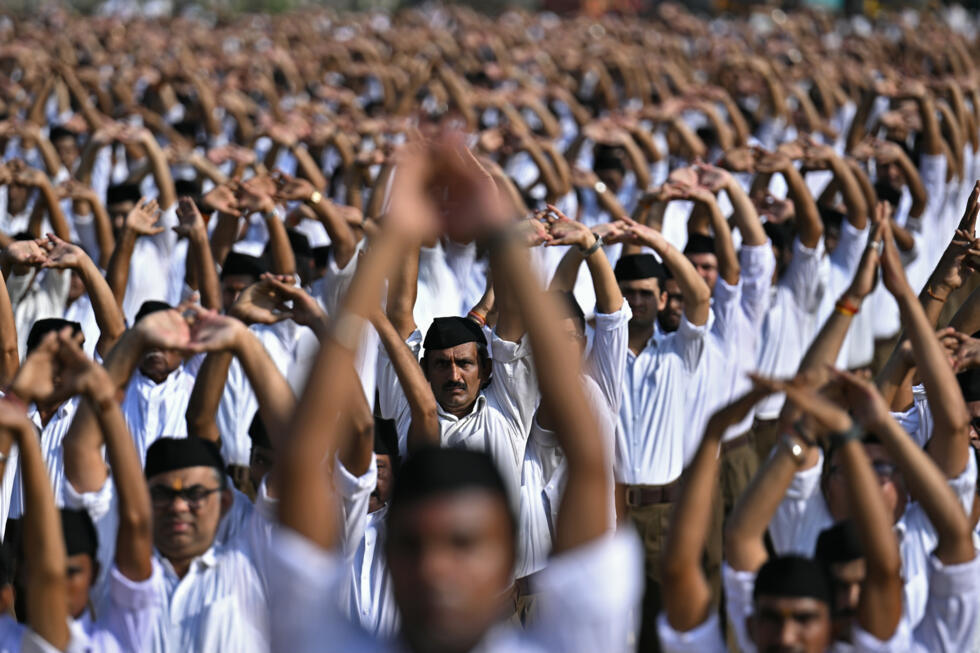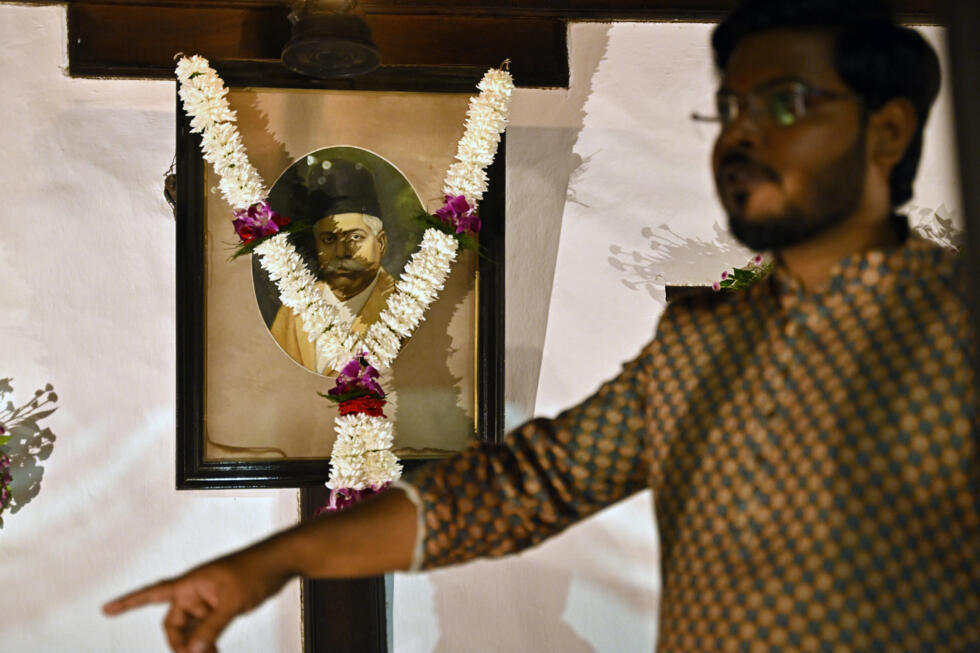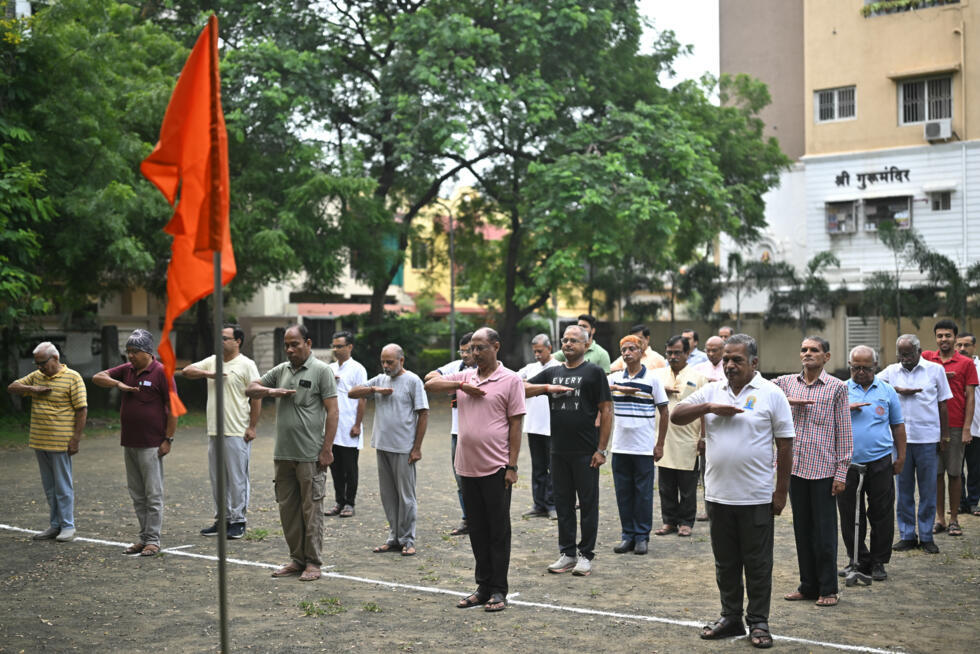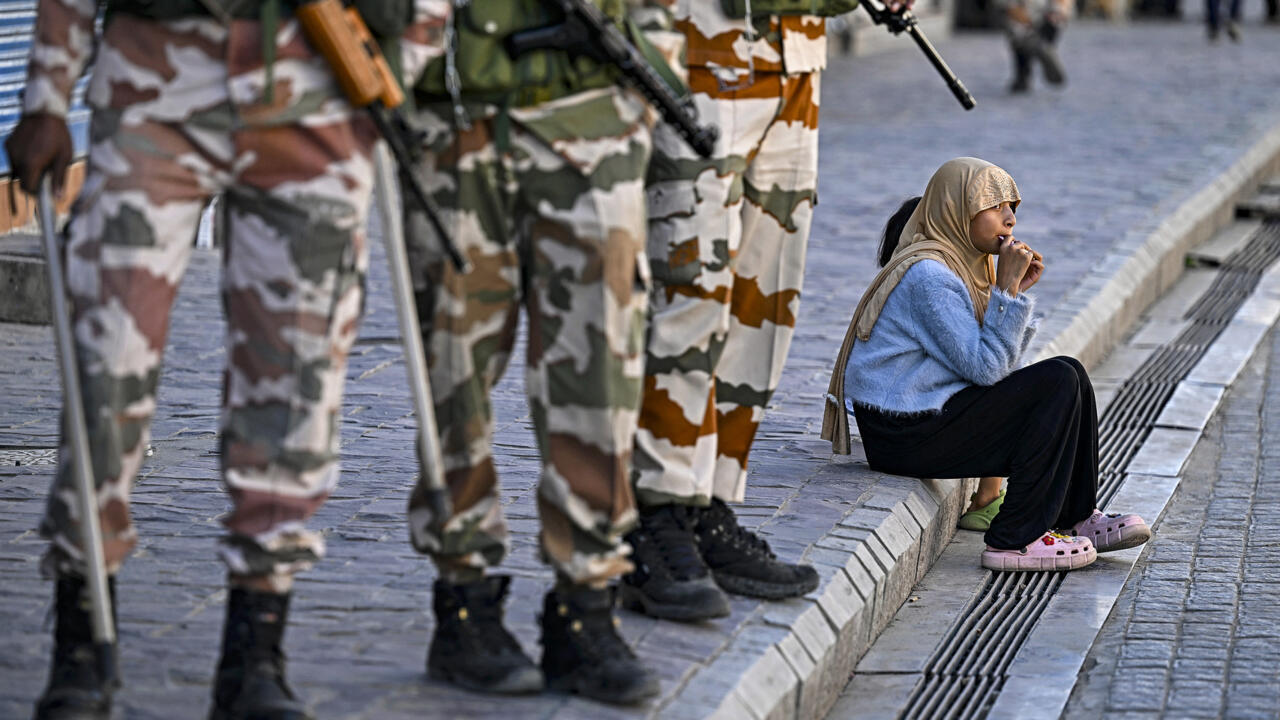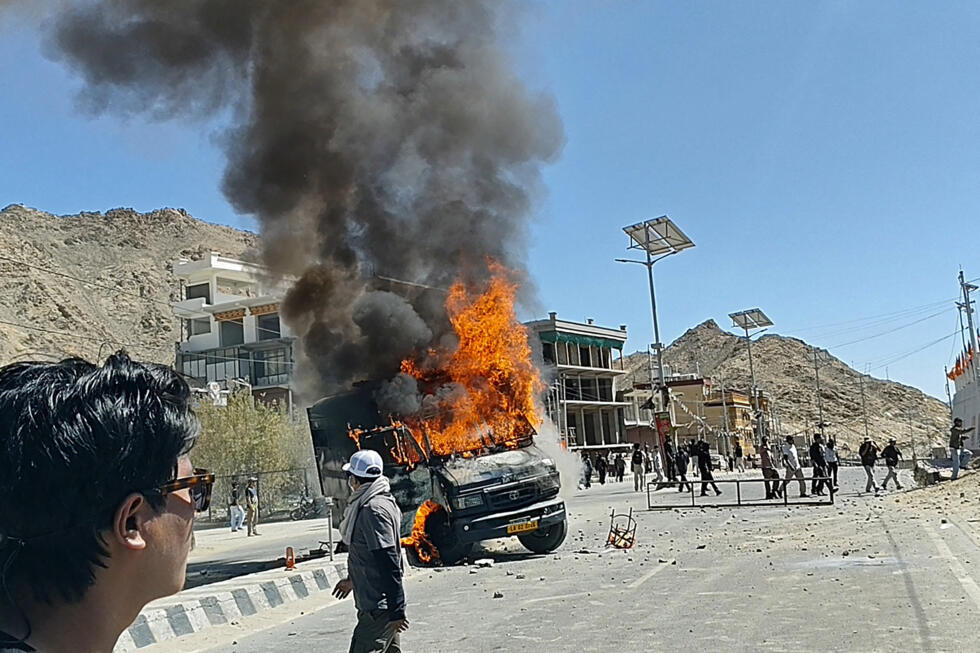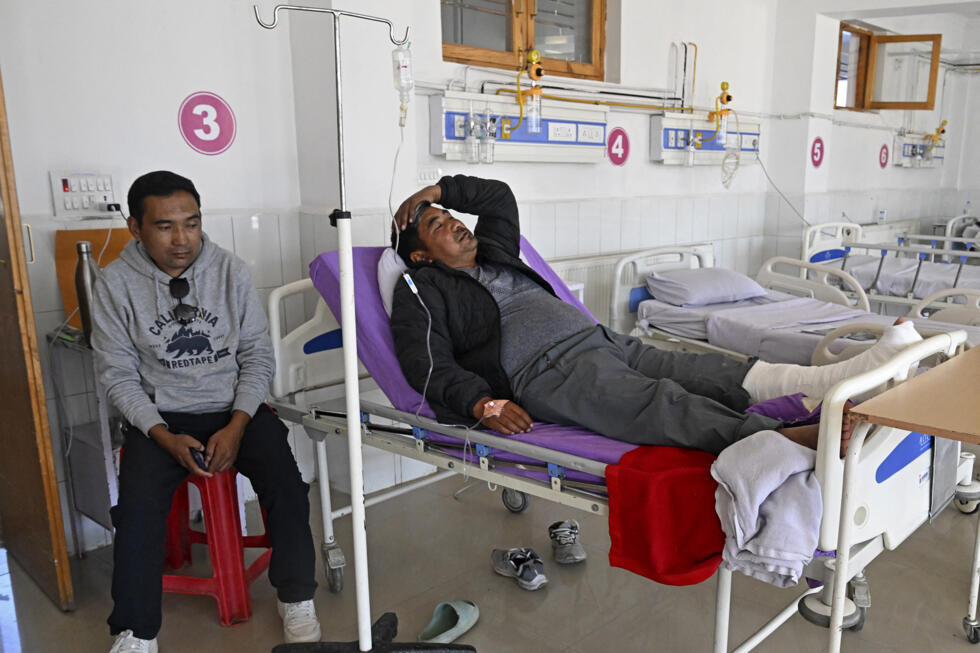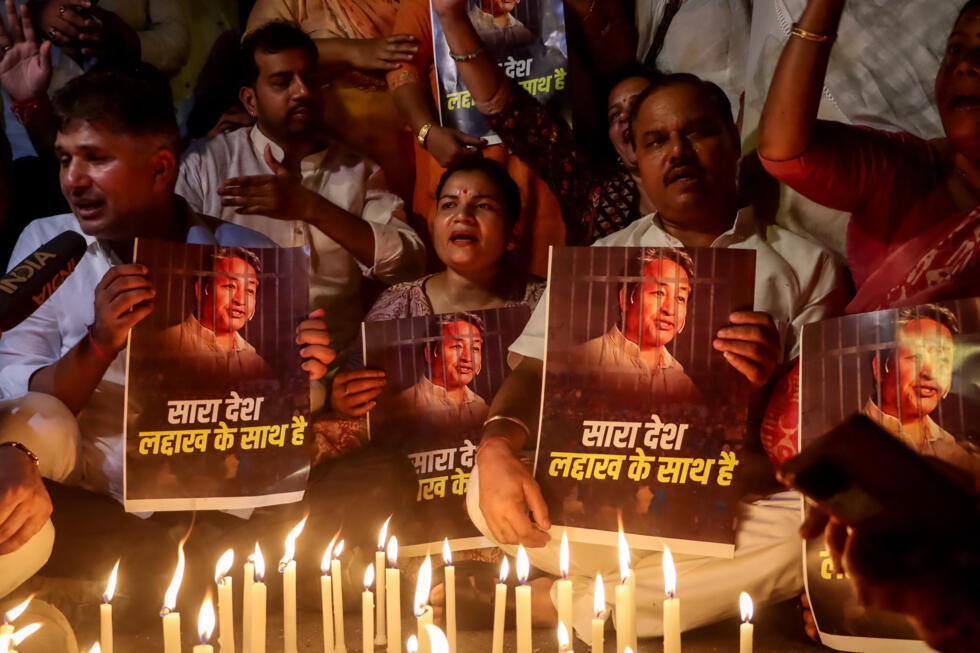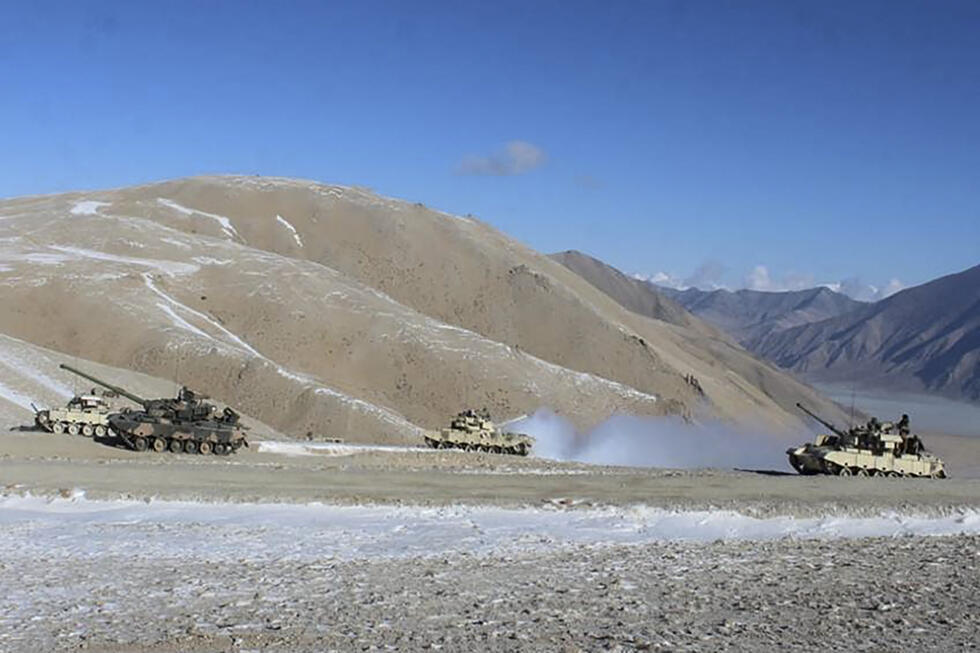In its recent ruling in Rahul Yadav v. State of Uttar Pradesh (Criminal Misc. Writ Petition No. 9567 of 2025), a Bench of Justices Abdul Moin and Abdhesh Kumar Chaudhary of the Allahabad High Court has expressed concern and alarm at the cavalier and arbitrary manner in which police authorities in Uttar Pradesh were registering First Information Reports (FIRs) under the Uttar Pradesh Prevention of Cow Slaughter Act, 1955. The Bench noted that:
The matter might have ended at this stage requiring the respondents to file a counter affidavit. However, the matter cannot be treated to be so simple inasmuch as this Court is deluged with such matters on the basis of First Information Reports being filed left and right by the authorities and complainants under the provisions of the Act, 1955. (Para 15)
In this case, officers intercepted the transportation of nine living and healthy progeny of cows within Uttar Pradesh. Even though a slaughter or transport across state lines was not in issue, the owner of the vehicle was charged under Section 3, Section 5A, and Section 8 of the 1955 Act and Section 11 of the Prevention of Cruelty to Animals Act, 1960.
In determining that no offense had occurred, the Court ordered protection for the petitioner and went even further, directing the Principal Secretary (Home) and Director General of Police to personally file affidavits explaining this misuse pattern. The bench also asked for an explanation as to why the State has not issued a formal Government Order (GR) to carry out the Supreme Court’s binding directions from the judgment in Tehseen S. Poonawalla v. Union of India (July 2018) to prevent mob violence and cow vigilantism.
The Preventive Measures mandated by the apex court in the Tehseen S. Poonawalla case have been encapsulated in this action-oriented pamphlet widely disseminated by Citizens for Justice and Peace that may be read here.
For over a decade, CJP has systematically documented and intervened against the abuse of the “cow protection” laws. Since 2017, CJP’s legal and advocacy teams have tracked the rise of mob vigilantism, along with its legal facilitators, all over India — fact-finding, litigation, and public education being the methods of doing this work. Investigations like India: The New Lynchdom (2018, CJP) and Cow Vigilantism: A Tool for Terrorising Minorities (2020, CJP) have mapped hundreds of instances where such laws have reportedly been used to sanction mob, extrajudicial violence, and have documented how the criminal justice system has been captured, even driven, by majoritarian agendas. Against this background, this becomes an important moment of judicial awareness of what CJP and other human rights defenders have been implementing for years.
It is important to note that this order is not limited to a single petitioner. It represents a judicial and legal recognition that the ongoing misuse of the 1955 Act occurs as part of a broader culture of impunity that encourages vigilantes, criminalizes livelihoods, and undermines the rule of law.
Statutory Background of the UP Prevention of Cow Slaughter Act, 1955
The 1955 Act was made to ban the killing of cows and their offspring and to control the transport of cows, all for the purpose of implementing Article 48 of the Constitution. The Act defines three regular aspects, where slaughter is banned under Section 3, transport within U.P. out-of-state is restricted under Section 5A, and punishment of three to ten years’ rigorous imprisonment and fine of ₹3–5 lakh is introduced under Section 8 for violations. Section 2(d) defines “slaughter” as “killing by any method whatsoever, and includes maiming and inflicting physical injury which in the ordinary course will cause death.” This definition shows that there must be some form of harm that would ultimately lead to death.
The Court emphasised that this requirement is routinely overlooked. It quoted Kaliya v. State of U.P. (2024 126 ACC 61), in which the Allahabad High Court cautioned that the conveyance of cows or calves in Uttar Pradesh does not invoke Section 5A since it only prohibits transport outside of that state. It also relied on the case of Parasram Ji v. Imtiaz (AIR 1962 All 22), a 1962 decision from the Allahabad High Court, which held that there is a difference between mere preparation and an attempt to slaughter. Preparation does not constitute an offence under the Act if the cow is tied up, for example. By citing Parasram Ji, the Bench emphasized that there was more than sixty years of settled law that the police were ignoring.
In this case, where slaughter, maiming, or interstate transportation was not charged, none of the violations applied. The judgment reminded us again of the Court’s own earlier warnings. In Rahmuddin v. State of U.P.(Criminal MISC. Bail Application No. – 34008 of 2020), the Court noted that the Act was being “misused against innocent persons” when it mentioned the meat was recovered, but often claimed all the meat to be cow meat without a laboratory test. In Jugadi Alias Nizamuddin v. State of U.P. (Criminal MISC Anticipatory Bail Application U/S 438 CR.P.C. No. – 182 of 2023), bail was granted before an arrest, as only cow-dung and a rope were recovered, but it was branded a “glaring example of misuse of penal law.” These rulings serve the greater purpose of demonstrating the number of mechanical FIRs that are being registered, even before investigation, and the abuse and incarceration that innocent people continue to experience.
Ambiguous legal provisions and ineffective procedural safeguards enable police overreach and selective police power against certain communities, mostly Muslims and Dalits. Consequently, the findings of the Allahabad High Court lend judicial authority to what human-rights defenders have been calling, for a long time, a systematic abuse of “cow-protection” laws.
This detailed legal explainer prepared by CJP in 2018 de-constructs how such laws have become a source of victimization.
The Court’s reasoning: From Casual FIRs to Vigilantism
After concluding that there was no offence made out, the Bench stated it was “deluged with such matters” resulting from indiscriminate First Information Reports (FIRs) under the 1955 Act (para 15). It directed the Principal Secretary (Home) and the DGP to show cause why the officers continue to lodge these FIRs in spite of the clear judicial precedent, in particular, the cases of Kaliya and Parasram Ji refer to cases in para 15. The Court required that the affidavits submitted by the officers included relevant affidavit material as to the taking of proposed disciplinary action by the State against the complainants and police personnel for making unwarranted FIRs, and if not, the Court required explanation for why the State did not issue a formal “Government Order” to legally preclude any such future FIRs, which served, in proportion, to undue disadvantage of cost in furthering the FIR towards frivolous case of prosecution.
In a serious observation, the Bench did not merely engage in procedural fault-finding; it also uncovered a more pervasive social consequence:
Yet another connected aspect of the matter under the garb of the Act, 1955 is vigilantism which is being practiced by various persons. Why we say this is because a few days back, a Bench of this Court was seized of a matter in which the car of the person was stopped by vigilantes and thereafter, it was not traceable. (See- Criminal Misc. Writ Petition No. 9152 of 2025 Inre; Bablu Vs. State of U.P and Ors). In the said writ, instructions have been called for by the Court. Violence, lynching and vigilantism is the order of the day. (Para 30).
The Court relied on Bablu v. State of U.P. (W.P. No. 9152 of 2025), where vigilantes encircled a vehicle, which later went missing, to illustrate how misuse of the statute invites disorder. Moreover, it established the illustration of occurrence within the wider phenomenon of “mob violence” by linking directly with the reasoning of the Supreme Court in Tehseen S. Poonawalla v. Union of India that “vigilantism cannot, by any consideration, be allowed to take shape… it ushers in anarchy, chaos and disorder.”
National Legal Framework: The Tehseen S. Poonawalla Mandate
In the case of Tehseen S. Poonawalla v. Union of India, the Supreme Court remarked on the very real and concerning increase in lynchings and violence related to cows. The Court, speaking through Chief Justice Dipak Misra, A.M. Khanwilkar, and D.Y. Chandrachud, found that lynching was “a failing of the rule of law and of the lofty ideals of the Constitution itself.” The Court noted that State agencies have the “primary responsibility” to protect against cow-vigilantism or any type of mob violence.
In paragraph 40 of the judgement, the Supreme Court gave a thorough set of preventative, remedial, and punitive directions: every district must appoint a nodal police officer (not below the rank of Superintendent) for oversight for prevention of mob violence; identify sensitive areas; establish fast-track courts for lynching cases; develop compensatory schemes for victims under Section 357A of the CrPC; and identify negligent officials and hold them accountable.
Despite these unequivocal mandates, however, the Allahabad High Court found that Uttar Pradesh had taken no action to meaningfully operationalise the Supreme Court directions. It found that a circular issued by the DGP on 26 July 2018 could not substitute for a Government Order issued under Article 162 of the Constitution, as such an order would reflect Government policy. The Bench thus required an explanation for the non-compliance and required affidavits showing compliance, on the basis that the lack of the Government Order undermined the prevention and punishment framework contemplated by the Supreme Court.
Notwithstanding these clear directions, the Allahabad High Court noticed that Uttar Pradesh had taken no decisive steps toward operationalizing the guidelines. Its finding was that a circular issued by the DGP on 26 July 2018 was not an adequate alternative to a Government Order issued pursuant to Article 162 of the Constitution. Only a Government Order could adequately reflect the policy of the Government. The Bench mandated a rationale of non-compliance and required affidavits evidencing compliance, noting that, absent an order from the Government, the preventive and punitive framework envisaged by the Supreme Court simply could not be accomplished.
Constitutional Implications: Articles 14, 19, and 21
The aggressive and arbitrary usage of the 1955 Act violates the equality, liberty, and due-process guarantees of the Constitution. Article 14 guarantees equality before the law, and this equality is violated when FIRs are lodged with no basis in fact or when officers exercise their discretion to target only particular communities. The equal protection principle is breached when FIRs are lodged “left and right” (para 15) when there are no fundamental elements of an offence. Therefore, non-arbitrariness, which is at the heart of Article 14, is violated.
Article 19 protects against arbitrary seizure of vehicles or criminalizing intra-State cattle transport, colloquially known as the “anti-cow slaughter provisions,” which interfere with unreasonable restrictions on the lawful trade, profession, and movement of citizens. Kaliya v. State of U.P. explicitly clarified that intra-State transport is not an offence. It is clear how restrictions on engaging in an occupation, profession, or trade when they are established directly restrict citizens’ economic liberty.
Under Article 21, the arbitrary actions are a further deprivation of liberty and dignity without due process of law. In Rahmuddin, the Court noted that accused persons languish in prison because meat samples are rarely sent for analysis and dispose of the need for due process. The combination of legal negligence and social malice undermines the conception of equal citizenship and uses the protection of cows as an excuse to persecute people. The High Court, accepting that using the 1955 Act has “wasted precious judicial time” (para 41) and that citizens should not have to “spend valuable money and time” to seek relief, demonstrates that this violation is both an individualized violation and a burden on the judiciary.
As CJP’s analyses have frequently stated, police impunity and informally inflicted violence contribute to the sense that “there are two sets of citizens: one protected by the law and the other punished by law.”
The judgment’s call for the most senior officials to be held individually accountable brings back an important idea behind constitutional governance: that executive negligence in the enforcement of the fundamental rights of every citizen cannot be excused by the silence of an institution. When the authorities of the State ignore orders made by the Supreme Court and allow vigilantes to act, the authorities of the State cease to execute their constitutional duty to uphold the rule of law.
Misuse, Vigilantism, and the Rule of Law
The Allahabad High Court’s ruling in Rahul Yadav exposes that the U.P. Prevention of Cow Slaughter Act has transitioned from a regulatory instrument to a tool for arbitrary prosecution. The Court explicitly points out that “under the garb of the Act is vigilantism,” giving judicial voice to what human-rights reporting has documented for some time—that the selective enforcement of cow-protection laws legitimizes mob violence to the detriment of threatened communities.
In reports like Divide and Rule in the Name of the Cow, CJP documents how false charges of cow slaughter/transport have been aimed at Muslims and Dalits. Sabrang’s investigations show that even after Tehseen Poonawalla, most States have not yet implemented mandatory measures as required, such as putting in place effective nodal officers or monitoring hate crimes regularly. This collection of ground reports gives both the socio-legal context to what the High Court has now acknowledged formally: the misuse of the 1955 Act has become institutionalized.
The Bench’s instruction that the Principal Secretary (Home) and DGP provide personal affidavits marks a moment when the judiciary will demand institutional accountability, not just individual relief. Whether this results in real change will depend on what the State does, if it finally issues the long-overdue Government Order required by Tehseen S. Poonawalla and takes corrective action with respect to the errant officials.
The abuse of the 1955 Act, therefore, remains a legal and moral paradox—a law intended to protect life but used under circumstances that inhibit liberty, equality, and the viability of constitutional democracy.
The judgment in Rahul Yadav v. State of Uttar Pradesh can be read here
The judgment in Tehseen S. Poonawalla v. Union of India can be read here
The judgment in Kaliya v. State of U.P. can be read here
The judgment in Parasram Ji v. Imtiaz, can be read here
The judgment in Rahmuddin v. State of U.P. can be read here
The judgment in Jugadi Alias Nizamuddin v. State of U.P can be read here
The judgment in Bablu v. State of U.P. can be read here
Courtesy: Sabrang India
LA REVUE GAUCHE - Left Comment: Hinduism Is Fascism
.jpg)


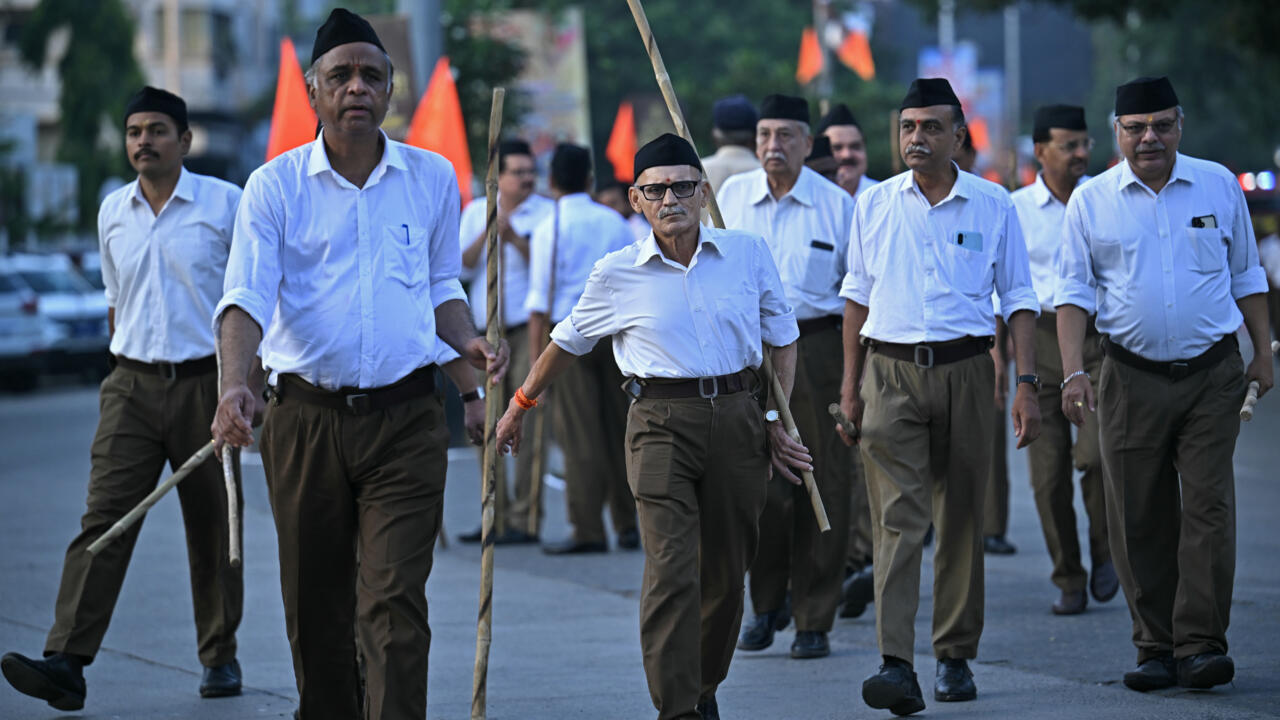 The Rashtriya Swayamsevak Sangh (RSS) marked its 100th anniversary this month © Idrees MOHAMMED / AFP
The Rashtriya Swayamsevak Sangh (RSS) marked its 100th anniversary this month © Idrees MOHAMMED / AFP